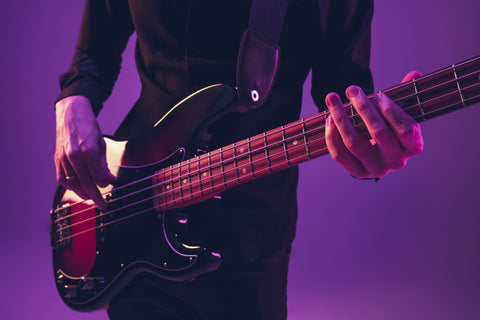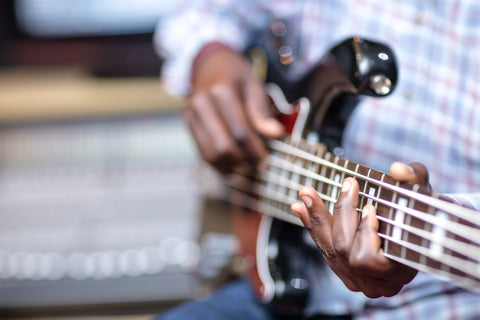
So, you’re itching to drop tune your bass. Maybe your band’s getting heavier, maybe you’re exploring some new textures, or maybe you just want to rattle the walls for fun. Whatever the reason, there are a few things you should know before you crank those tuners down and dive into the low end.
First off: your strings matter. Standard-gauge strings might feel like wet spaghetti when you drop them too low. Tuning down from E to D is one thing, but if you’re heading into Drop C or even B territory, a heavier set of strings is your best friend. Something like a .050–.110 set will keep your tone tight and your playing comfortable. Bonus: you won’t have to fight floppy strings every time you dig in.
Next up: your bass needs a little help adjusting. It’s not going to automatically adjust itself to your new tuning. Lower tension messes with everything — neck relief, intonation, string height — the whole deal. If you’re serious about drop tuning, take the time (or find someone who can) to give your bass a proper setup. It’s the difference between “this sounds awful” and “this sounds massive.”
And speaking of setups, watch that nut. It’s often overlooked, but if you’re moving to thicker strings, they might not even fit in your current nut slots. You’ll get weird buzzing, bad intonation, and a general sense of “something’s off.” If you’re going to stay in a drop tuning, it might be worth having your nut filed or replaced.
Your pickups might need a tweak, too. With deeper tunings, the bass frequencies can get out of control. If your tone starts to sound like a swamp, try lowering your pickups slightly. It can help clean things up and give your low notes some definition — especially useful if you’re still trying to cut through in a band mix.
Here’s another pro tip: EQ is your friend. Don’t just boost the lows and call it a day. Sometimes rolling off the extreme sub frequencies can make your bass feel bigger in the mix without actually drowning everything out. Dial in some mids for clarity, especially if you're competing with detuned guitars.
If you’re switching between standard and drop tunings a lot, do yourself a favor and get a second bass. It doesn’t have to be fancy — just something set up for the lower tuning so you’re not constantly cranking tuners up and down between songs and throwing everything out of whack.
And finally, don’t be afraid to get weird with it. Drop tunings open up new chord voicings, riff shapes, and creative spaces. Whether you're doing doom metal, ambient drones, or just trying to shake up your writing process, tuning down can give you a fresh perspective.
Just remember: low and slow is fun — but low and clean is better.





